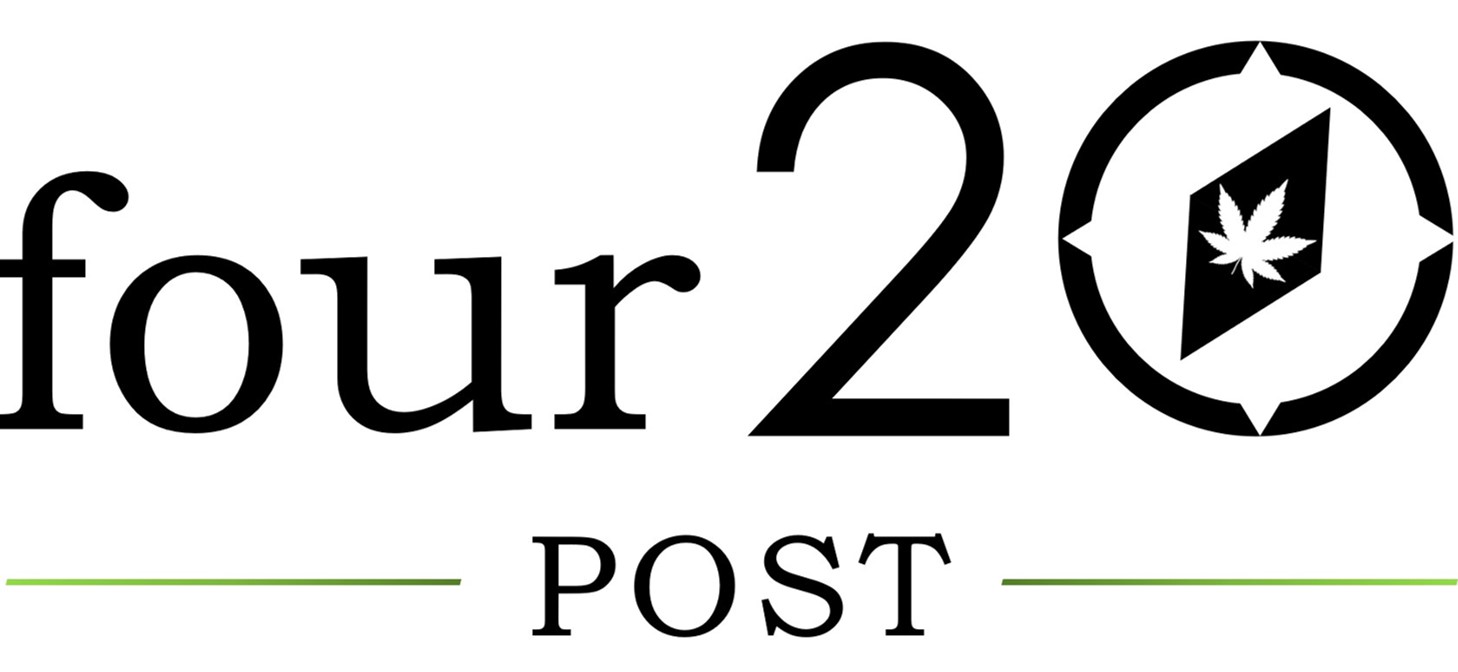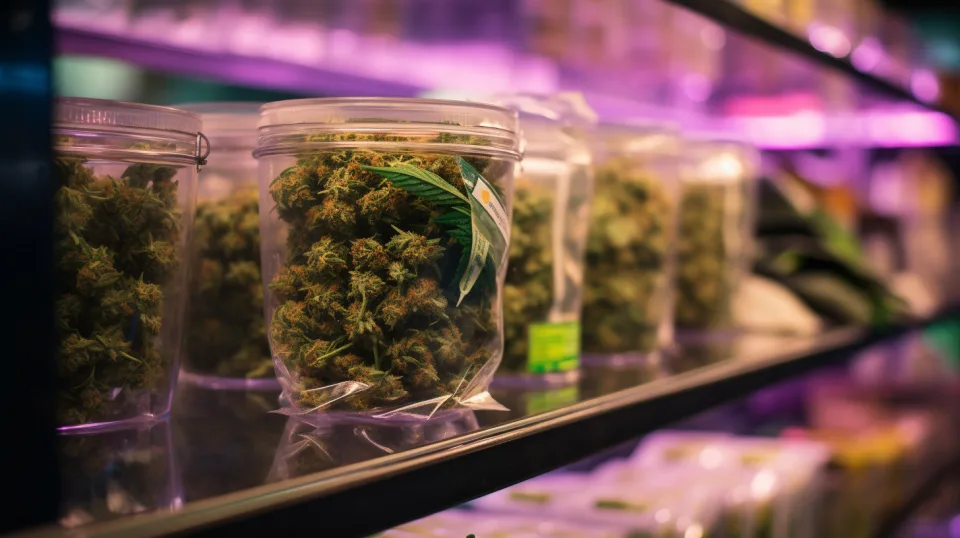The United States of America is the country that smokes the most weed in the world. As we mentioned in our article – 20 Cities with the Highest Weed Consumption in the US – the American legal cannabis industry fared well in 2023 as legal sales across the 38 states that allow some form of regulated marijuana reached $28.8 billion, a 10.3% increase from the previous year. Michigan ranks No. 12.
Meanwhile, the legal cannabis industry also added 22,952 new jobs last year – a sign that the national business climate has somewhat stabilized following the turmoil of the previous two years. According to the 2024 Vangst Jobs Report, there were over 440,445 jobs supported by legal cannabis nationwide as of early 2024, an increase of 5.4% from 2023. The increasing legalization of cannabis and rising acceptance of its use for medical purposes are the key factors driving the growth of the market.
Growth is also expected to come from new markets, as states like South Dakota, Florida, and Nebraska are expected to have marijuana legalization on November ballots. Even presidential candidate Donald Trump has recently expressed support for a ballot initiative in his home state of Florida that would legalize the use of cannabis for adults.
As of the writing of this article, 24 states have legalized recreational weed in America, in addition to the District of Columbia.
Cannabis-Infused Beverages
The cannabis beverages segment is one of the fastest-growing areas of the rapidly booming industry. According to Research and Markets, the global market for cannabis-infused drinks was estimated at $658.26 million in 2023, $726.63 million in 2024, and is expected to grow at a CAGR of 10.87% to reach over $1.35 billion by 2030.
The United States, being the Country that Consumes the Most Weed in the World, accounts for the lion’s share of the global cannabis market. However, the swiftly expanding cannabis beverages category still represents only a small portion of the overall weed market in the US, accounting for only 1% of total retail sales in Q2 2024, thus indicating its vast potential. More and more weed-infused potables are now popping up in America to fill in this space, with several major industry players already looking for their share of the sweet green ganja pie.
It was announced in September that Tilray Brands, Inc. (NASDAQ:TLRY) – one of the Biggest Marijuana Companies in the World – has entered the US THC beverage market with a range of Delta-9 THC mocktails and seltzers through its newly formed Tilray Alternative Beverages business unit. The range of Delta-9 THC beverages will be launched in ‘key markets’ across the country at the beginning of this month, with brands such as the seltzers 420 Fizz and Fizzy Jane’s, as well as the mocktails Herb & Bloom and Happy Flower. According to the company, the lineup is made with high-quality hemp extracts and ingredients that provide consumers with a familiar, convenient, and delicious way to relax and unwind.
Tilray Brands, Inc. (NASDAQ:TLRY) has a highly diversified global portfolio – operating in more than 20 countries across North America, Europe, Australia, and Latin America, with businesses in medical adult-use cannabis, beverages, spirits, wellness products, and a vast array of consumer-connected lifestyle brands. For its Q4 ended May 2024, the Canada-based company reported revenue of $229.9 million, up 24.8% over the same period last year and even beating analysts’ estimates by almost 1.9%. The net revenue for the entire fiscal year was reported at around $789 million, marking a 26% increase from the previous year. TLRY also managed to strengthen its balance sheet by significantly reducing its net convertible debt by approximately $300 million.
The core business of Tilray Brands is cannabis and it boasts the number one market share in Canada, as well as the leading cannabis market share by revenue in Germany. The company has lately been very active in acquiring other industry players to expand its presence and the strategy seems to be paying off. For example, its acquisition of Redecan in June 2023 has helped it gain a strong footing in categories like pre-rolls, oils, and capsules. As a result, Tilray is now the No. 1 player in the straight-edge pre-rolled category with a 46% market share, as well as a top player in the oils and capsules category combined with a 21.5% market share in the adult-use business in Canada. Another major development that could significantly benefit Tilray is the easing of federal restrictions on cannabis in the US.
While we acknowledge the potential of TLRY as an investment, our conviction lies in the belief that some AI stocks hold greater promise for delivering higher returns, and doing so within a shorter time frame. If you are looking for an AI stock that is more promising than TLRY but that trades at less than 5 times its earnings, check out our report about the cheapest AI stock.
No. 12. Michigan
Prevalence of Marijuana Use: 18.52%
Detroit is one of the US Cities with the Highest Weed Consumption per Capita, with an average annual per-head weed consumption of 5.22 grams. Meanwhile, Michigan is the state with the highest per capita sales of weed in America at $132.41, according to data provided by Headset – a cannabis market intelligence firm.
The Top 5 in the survey are:
5. Washington
Prevalence of Marijuana Use: 21.07%
Reaffirming the importance of the medicinal benefits of marijuana, a new law recently took effect in Washington removing the requirement for patients with a medical cannabis card to pay the 37% excise tax, reportedly the highest cannabis tax in the country. The Evergreen State collected $465 million in excise taxes alone from the sale of weed products in fiscal year 2023.
With an average price per ounce of around $234 for high-quality weed, Washington is included among the States with the Cheapest Weed in America.
4. New Mexico
Prevalence of Marijuana Use: 21.33%
The first licensed sales of recreational cannabis in New Mexico began on April 1, 2022, and it was announced in March this year that the state’s cannabis industry has already crossed the billion-dollar mark. As one of the Best States to be A Stoner, NM’s cannabis industry also receives a massive boost from the huge influx of tourists coming in from the bordering state of Texas, where recreational weed is still outlawed.
3. Oregon
Prevalence of Marijuana Use: 21.84%
Weed prices have been reduced by more than half since adult-use marijuana became legal in Oregon back in 2015. Cannabis grows abundantly in the Beaver State, with farmers harvesting 9.6 million pounds in 2023, and since the drug remains prohibited under federal law and can’t be sold legally across state lines, the supply and demand of the product are far from balanced. Cannabis prices remained severely depressed in Oregon as a result of the oversupply issues, under $4 a gram for 11 consecutive months as of March 2024.
2. Alaska
Prevalence of Marijuana Use: 21.93%
Alaska’s marijuana tax, levied at the wholesale level, is the highest in the country. As a result, the black market still accounts for nearly 62% of the overall cannabis sales in The Last Frontier. The state’s cannabis industry is saying that a change in the tax rates is desperately needed to help legal marijuana businesses compete with the illicit market.
1. Vermont
Prevalence of Marijuana Use: 24.18%
With nearly a quarter of its residents aged 12-20 having used cannabis within the past month, Vermont takes the title of the Most Stoned State in America. Recreational sales of cannabis commenced in October 2022 and the industry had already reported just under $120 million in taxable sales by the end of 2023. In its first year of operation, the state’s Cannabis Control Board licensed over 300 cultivators, with a vast majority of them being small tier-one classifications.
Read more at Yahoo News

